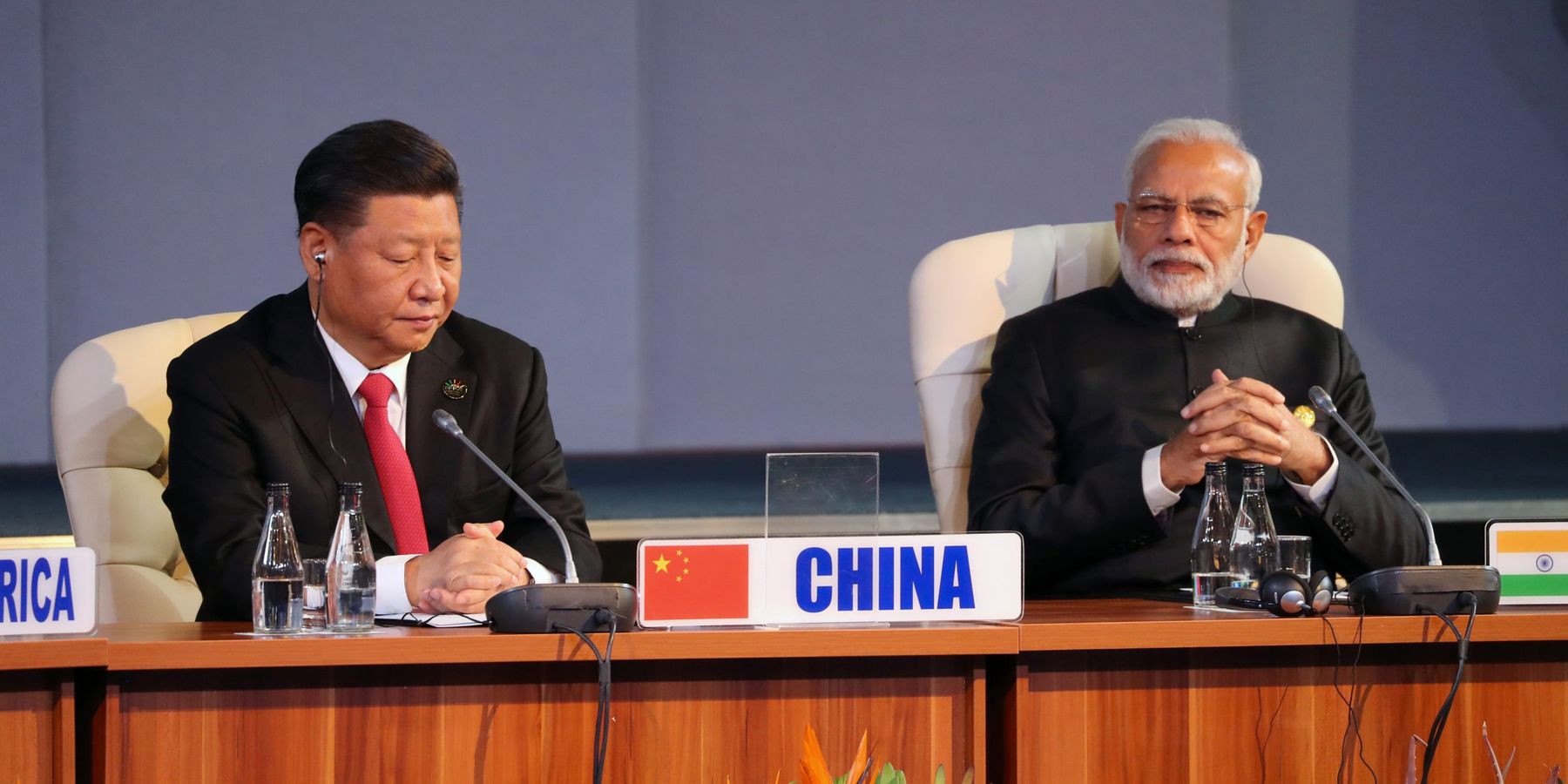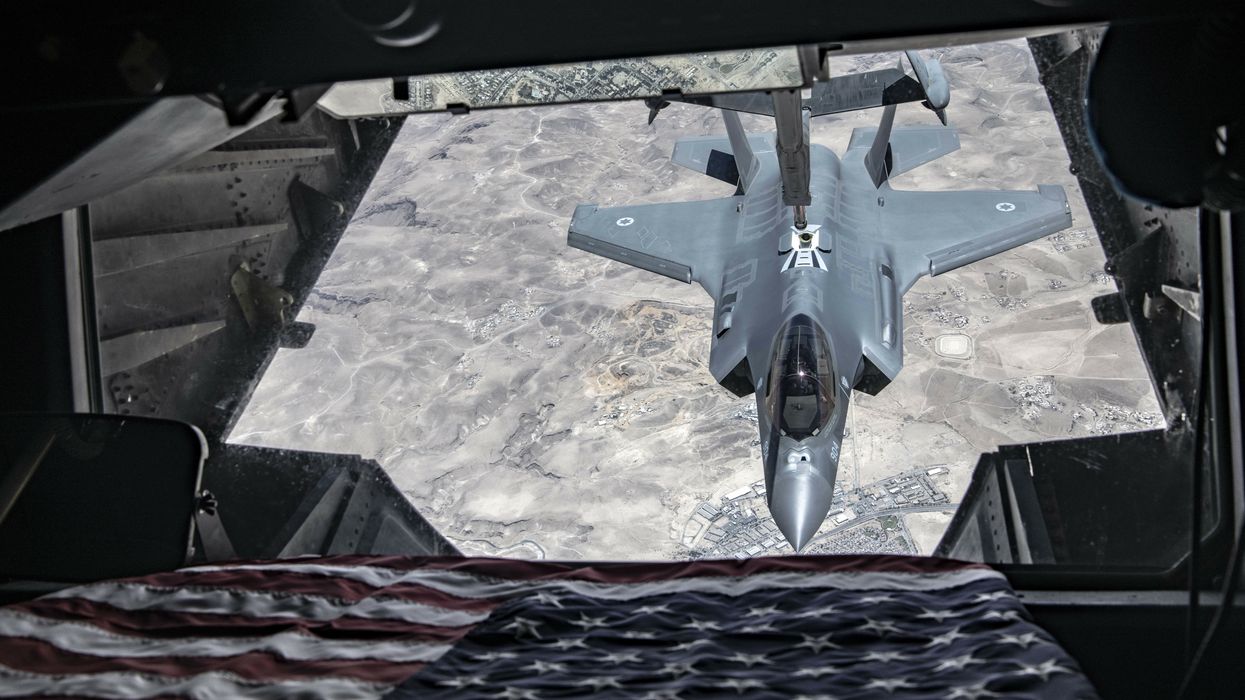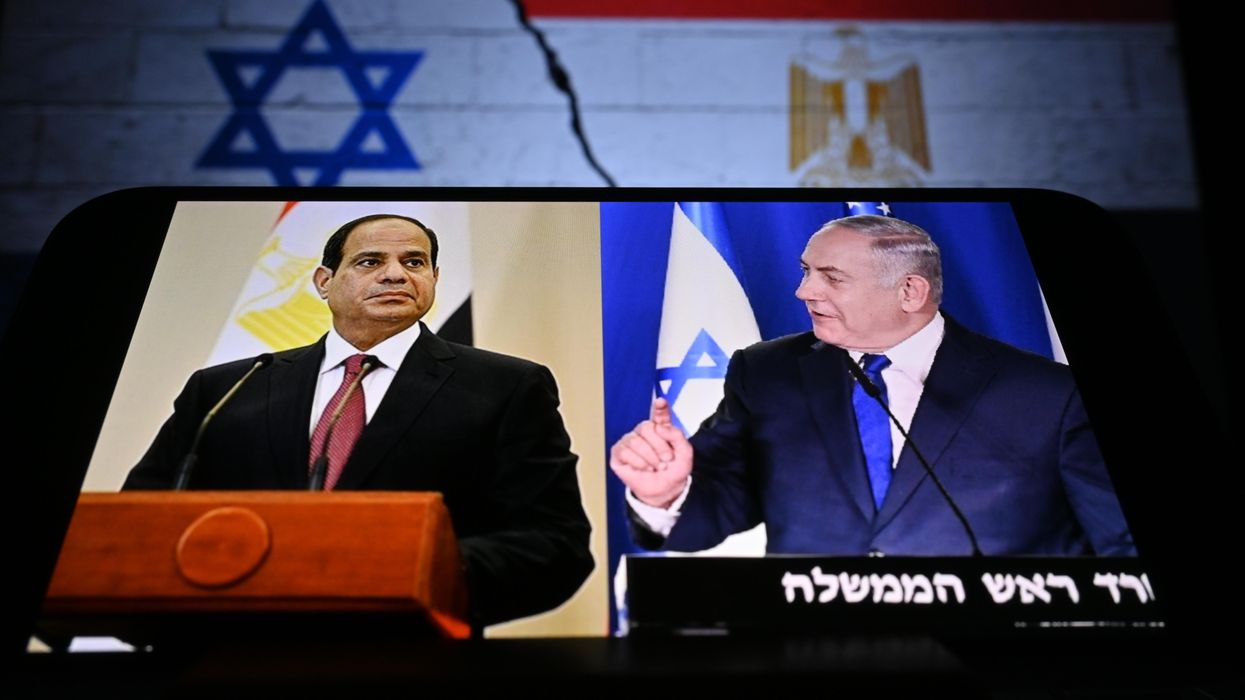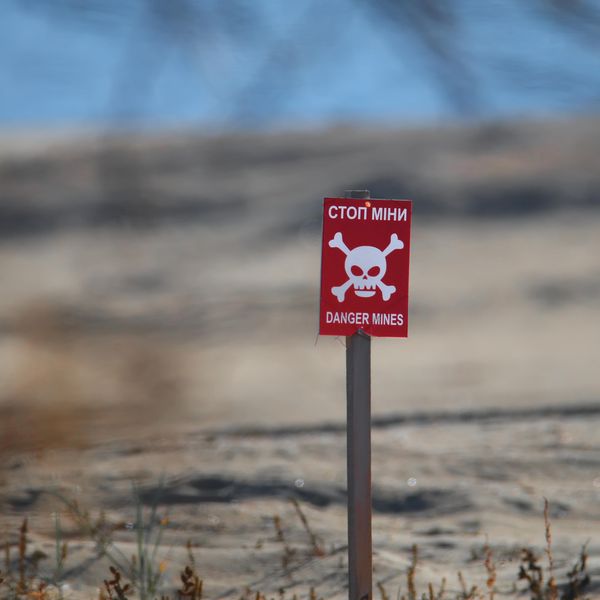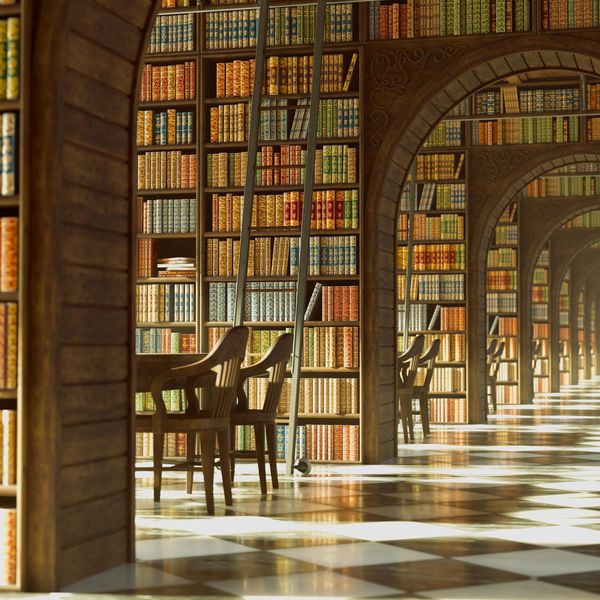Right before last week’s 2024 BRICS summit in Russia, the Indian foreign ministry made an announcement — a landmark disengagement deal between India and China.
According to the deal, both sides will reduce the number of troops at the two unresolved friction points at the India-China border and resume their regular pattern of patrolling from before their deadly 2020 border clash. Later, at the summit, Prime Minister Narendra Modi and Chinese President Xi Jingping held a bilateral meeting, which was much more civil than their meeting last year, signaling a thaw in the tense India-China relationship.
This news is especially relevant to the United States, which has been growing closer to India over the past few decades on the assumption that it is a potentially powerful partner to balance China.
India and China have shared a largely peaceful, though sometimes tense, relationship since the mid-20th century, when India attained independence from the British and the Chinese Communist Party established the People’s Republic of China. India was the first non-communist country in Asia to recognize the PRC in 1950. But India-China relations worsened in 1959, when India granted sanctuary to the Dalai Lama and allowed him to establish a Tibetan government-in-exile, in addition to housing thousands of Tibetan refugees.
Later, the two countries fought in the Sino-India war of 1962, which ended when China unilaterally declared a ceasefire in November of that year, and Chinese troops retreated to their pre-war position. Over the years, India has also opposed China’s arming and backing of nuclear-armed Pakistan, New Delhi’s biggest adversary.
In the past half-decade, under Modi’s reign, China-India relations have gone through ups and downs, although the two countries still maintain strong economic ties. (China is India’s biggest trading partner.) When Chinese troops intruded into areas traditionally patrolled by India along their disputed border, called the Line of Actual Control (LAC), a melee broke out between the two sides in the Galwan Valley in June 2020, resulting in the deaths of more than 20 Indian soldiers and at least four Chinese troops.
The Chinese justified their actions by saying they oppose Indian infrastructure projects on their side of the Galwan bend; while the Indians claimed that the bridge they had built was over seven kilometers away from the LAC, well under their designated area.
The clash came at the height of the COVID pandemic, and, when the Chinese intrusion took place, mainstream Indian news media, which typically targets Pakistan as Delhi’s greatest threat, stoked public opinion against another enemy: China. News anchors regularly referred to SARS-CoV-2 or COVID19 as the “Wuhan virus,” despite the dismissal of the term by many medical experts as xenophobic. Within a week, the Indian government banned TikTok, calling the social media app a “threat to India's sovereignty and security.”
The Hindi film industry followed suit: Indian moviemakers promised to not distribute their films in the Chinese market. The same pattern was seen in Chinese media, with the nationalistic outlet Global Times leading the way.
In this context, the new deal, as well as Modi and Xi Jingping’s subsequent meeting at the BRICS summit in Russia, could radically change the dynamic between Asia’s two big superpowers.
Though India has experienced significant economic growth since Modi first came to power, its benefits have been unevenly distributed, and the country’s unemployment rate remains high. This means that if India wants to continue to prosper, it needs Chinese investment, according to Sushant Singh, a lecturer at Yale University’s South Asian Studies department. Singh, who previously served in the Indian military for 20 years, said that growing pressure from India’s corporate giants, such as the Adani group, that want to hire Chinese workers and do more business with the country overall, could have contributed to the Modi-Xi détente.
So how does the U.S. figure into all this? "There is no danger in making too much of this week’s efforts by Modi and..Xi,” per an article published last week by the Atlantic Council. The author, the Council’s CEO, Frederick Kempe, argued that for decades, Washington has erroneously seen the rest of the world through “the prism of its own security ambitions” and that it’s crucial to understand India’s foreign policy on its own terms.
India is a member of both the Quad and the Shanghai Cooperation Organization, and of course, BRICS. That’s in line with the country’s historic position in the Cold War as well, when it opted to join the Non-Aligned Movement, a coalition of developing countries that didn’t want to “pick” either side between the capitalist U.S.-led bloc or the communist Soviet-led bloc.
At the time, India leaned more socialist and, under Prime Minister Indira Gandhi, signed the Indo-Soviet Treaty of Friendship and Cooperation in 1971. “That’s the legacy of today; when Modi goes and embraces Putin, that’s anchored in the Soviet experience,” said Eric Olander, founder of The China Global-South Project, an initiative that documents China’s influence in the Global South. Though the closeness between Putin and Modi might make Washington nervous, given Putin and Xi’s public pronouncements of wanting to challenge Western hegemony and establish a multi-polar world order, it’s important to understand that India marches to its own drum.
“India is non-West and not anti-West,” said Indian Foreign Minister S Jaishankar at a conference earlier this year, adding that India’s relations with the West are getting “better by the day.”
At last’s week BRICS summit in Kazan, Putin unveiled Russia’s proposal for a BRICS payment system, BRICS Pay, as part of China and Russia’s larger efforts to de-dollarize their economies. India, however, doesn’t share exactly the same ambitions: for Modi, it’s not just a desire to target the U.S. dollar, but rather a desire for the Indian rupee to gain hegemony, according to Singh. “A BRICS currency would be yuan, not rupee. If it was the rupee, Indians would lap it up,” he added.
“As Americans we still believe in a simple good-versus-bad narrative, you’re either with us or you’re against us,” said Olander. “But India has a deep strain of strategic autonomy in its blood. I can never see an Indian leader fully aligning with any of the great major powers.”
The Modi-Xi rapprochement, says Singh, will raise questions in Washington about India’s political utility for U.S. grand strategy, which some U.S. sectors were already wondering about. They will ask, “Is India really the poster child, the bulwark against China the U.S. is looking for?” he said.
Or, as the Atlantic Council’s Kempe asserted, “[India] will be neither pro-American nor anti-Chinese. It will act according to how it calculates its own national interests.”
- Why the US is ill-suited to mediate India-China border dispute ›
- BRICS and de-dollarization, how far can it go? ›
- Confucius says: Get the definition of US-China ‘competition’ right | Responsible Statecraft ›
- Biden's vaunted Indo-Pacific 'allies & partners' have their own ideas | Responsible Statecraft ›
- A China-India warming trend? Not so fast. | Responsible Statecraft ›
- Major Shanghai summit of US 'adversaries' sends clear message | Responsible Statecraft ›

